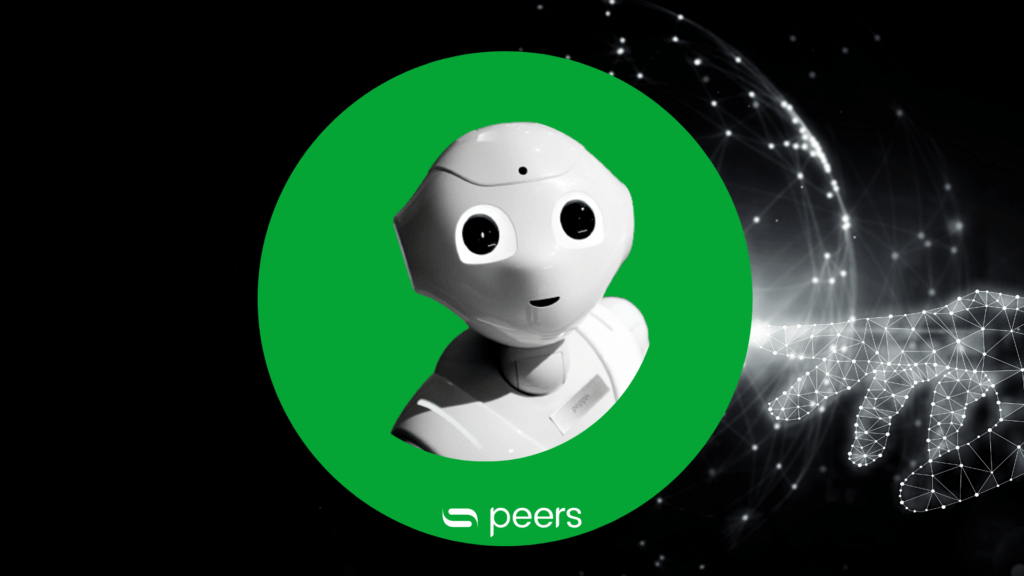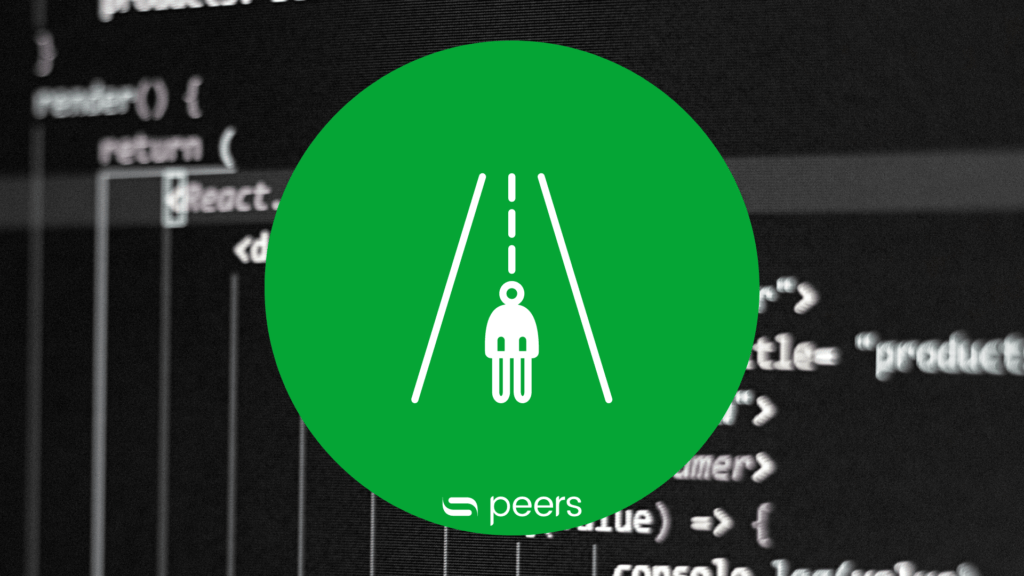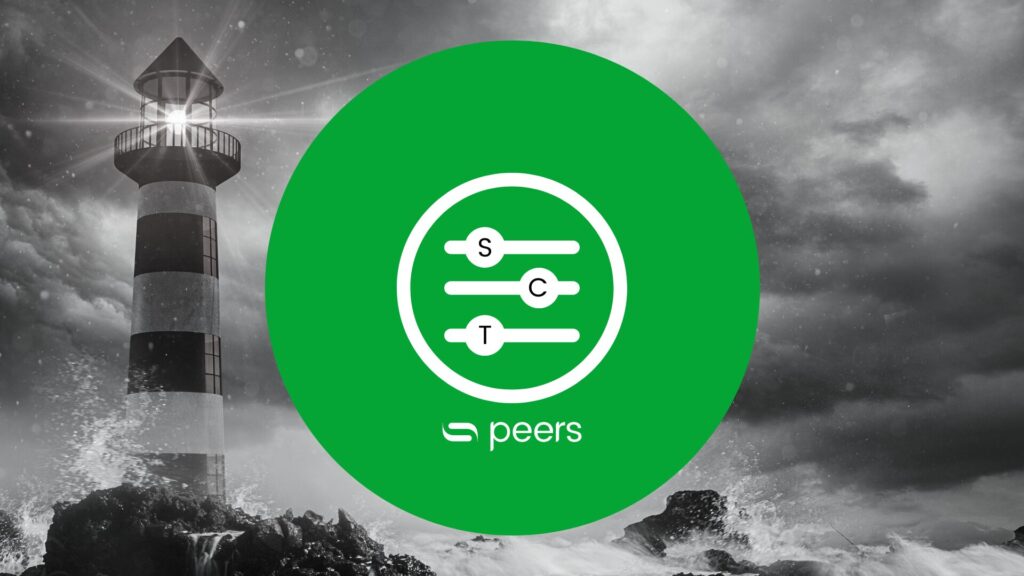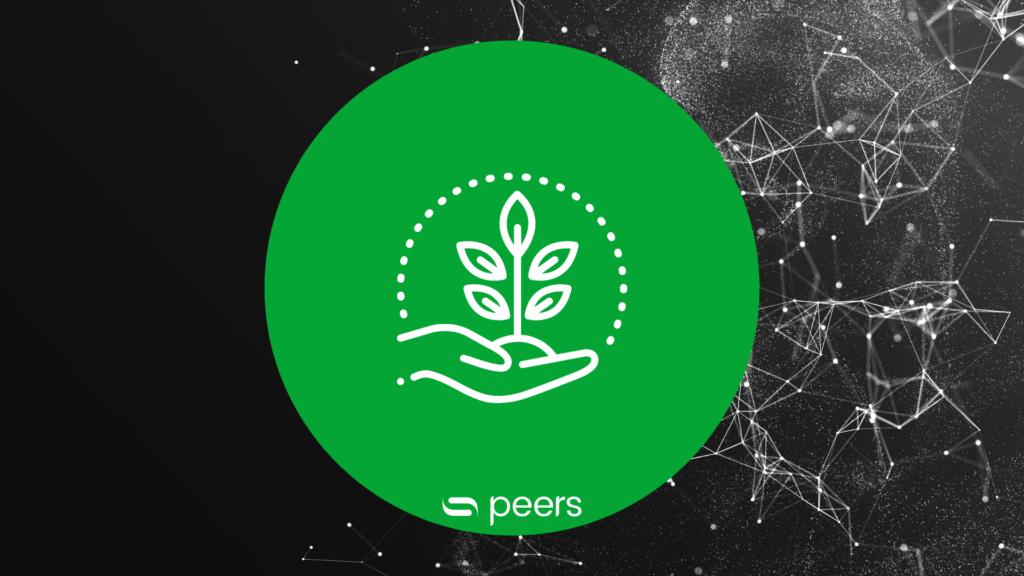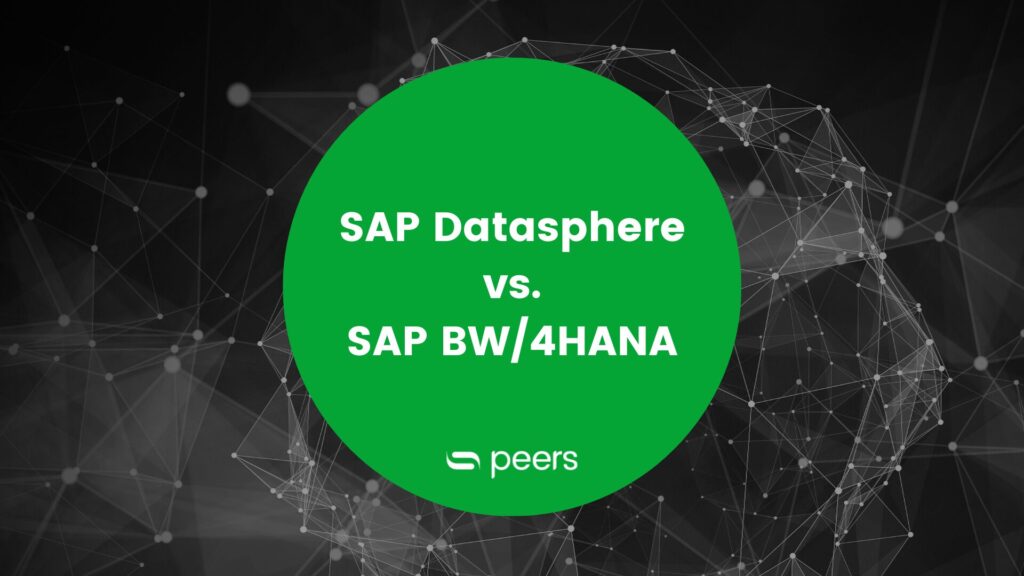What is R?
- Data Science
- data, r, statistics
- 2 min reading time

Dr. Stefan Lieder
R is an open-source language that was developed specifically for data analysis and visualization . This wiki article deals with object-based vs. object-oriented, the R packages and the R package shiny in particular.
Table of contents
The programming language R
R is a programming language developed for statistical applications that is particularly popular in the field of data science. Its core functions lie in the evaluation and visualization of data.
Object-based vs. object-orientation
"Everything that exists is an object. Everything that happens is a function call."(John Chambers)
In R, everything revolves around objects. Not only variables, but also functions, operators and entire expressions that make up an R script are objects. Nevertheless, R is not a completely object-oriented language in the classic sense, such as Java. R supports different "sharp" approaches to object orientation, which would go beyond the scope of this wiki article.
The power of packages
The strength of R lies in the availability of additional functions in the form of so-called packages, which are offered by independent developers all over the world. Over 12,000 of these function packages can be downloaded via the "Comprehensive R Archive Network (CRAN) can be obtained. For every statistical problem, no matter how rare, there is often a suitable ready-to-use solution, which can also be adapted at any time thanks to the open source license.
Execution modes of the programming language
R is an interpreted language by default. This means that the code does not have to be compiled to make it executable, as is the case with C, for example. However, this also makes R code slower to execute than corresponding C code. For the sake of completeness, however, it should also be mentioned that a bytecode compiler also exists in R.
A relatively new way of executing R code is in the form of server-side apps. The shiny package is used for this. It allows web-based applications to be created from input and output elements controlled entirely via R code. In this way, R programs that can be parameterized via standard input elements such as sliders and text boxes can be made accessible to users via the web without them having to install R themselves or understand R code.
Do you want to get straight into practice? Here you will find a beginner's guide to time series analysis in R.
Know more?
Would you like to delve deeper into this topic? Then we would be happy to talk to you personally about the areas of application of R - gladly also in connection with analytics products from SAP. Simply get in touch with us!

Published by:

Dr. Stefan Lieder
Former Head of Data Science Workshop

Dr. Stefan Lieder
How did you like the article?
How helpful was this post?
Click on a star to rate!
Average rating 0 / 5.
Number of ratings: 0
No votes so far! Be the first person to rate this post!


